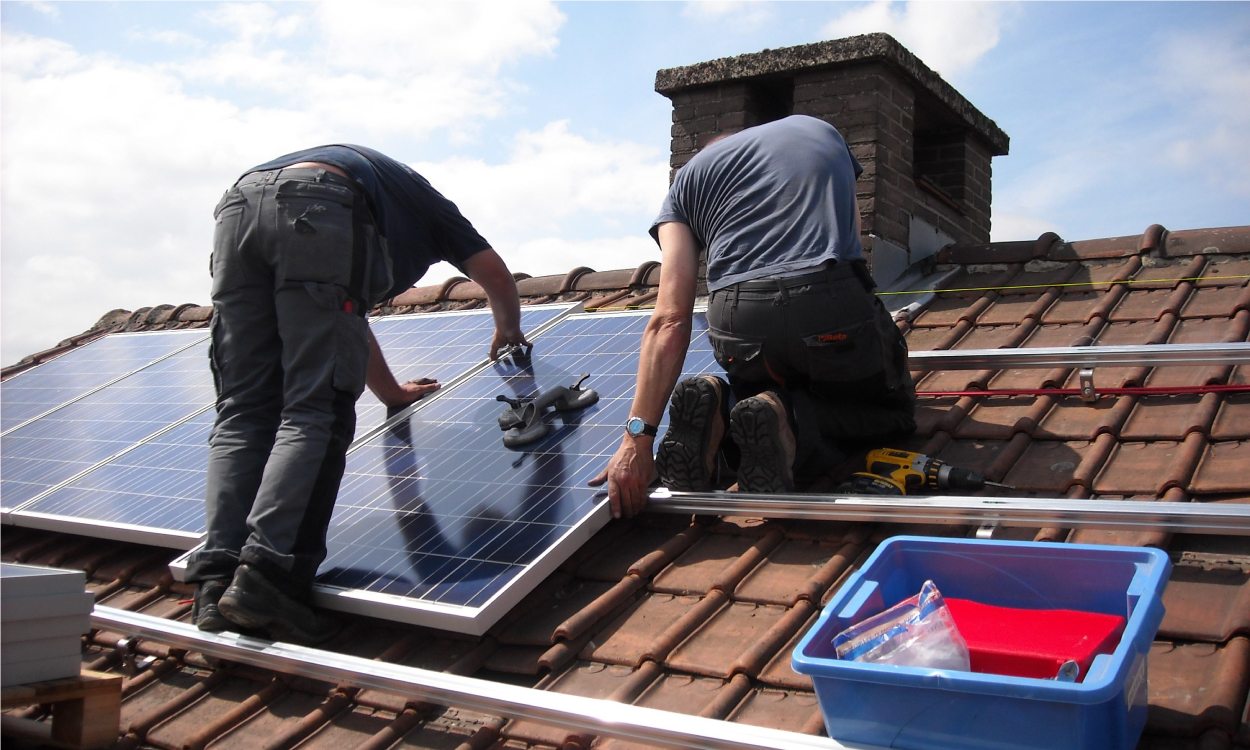Assessing Solar Efficiency: A Guide to Performance Evaluation


Assessing Solar Efficiency: A Guide to Performance Evaluation
As the demand for sustainable energy solutions grows, solar power stands out as a prominent choice. However, understanding how to evaluate solar performance is crucial for individuals and businesses looking to make informed decisions about their solar installations.
Understanding Solar Performance Metrics:
Before delving into the evaluation process, it’s essential to grasp the key metrics that determine solar performance. These include efficiency, capacity factor, and performance ratio. Efficiency measures the conversion of sunlight into electricity, capacity factor assesses the actual energy output compared to the maximum potential, and the performance ratio evaluates the system’s overall efficiency.
Analyzing Solar Panel Efficiency:
The efficiency of solar panels is a critical factor in determining the overall performance of a solar installation. Newer technologies often boast higher efficiency levels, meaning they can convert a greater percentage of sunlight into electricity. Evaluating the efficiency of solar panels involves assessing their ability to generate electricity under specific conditions and understanding how various factors, such as temperature and shading, can impact performance.
Assessment of Energy Output:
The capacity factor is a key metric in assessing the actual energy output of a solar installation over time. It takes into account factors such as weather conditions and daylight hours to provide a more realistic picture of the system’s performance. Evaluating the capacity factor helps determine how efficiently the solar installation converts sunlight into usable electricity throughout the year.
Considering Location-Specific Factors:
Solar performance is significantly influenced by the geographical location of the installation. Factors such as solar irradiance, temperature, and shading must be considered. Different regions experience varying levels of sunlight, and understanding how these location-specific factors impact solar performance is crucial for accurate assessment.
Monitoring and Maintenance Practices:
Continuous monitoring and maintenance play a vital role in optimizing solar performance. Regular inspections, cleaning of solar panels, and addressing any issues promptly ensure that the system operates at its peak efficiency. Implementing monitoring tools and practices allows for real-time tracking of energy production and the identification of potential issues that may affect performance.
Evaluating Return on Investment (ROI):
Assessing solar performance goes beyond technical metrics; it involves evaluating the financial return on investment. Understanding the payback period, considering available incentives and rebates, and calculating the long-term savings from reduced electricity bills are essential aspects of evaluating the overall economic performance of a solar installation.
Utilizing Performance Ratios for Comprehensive Assessment:
The performance ratio combines various factors, including temperature, shading, and equipment losses, to provide a comprehensive assessment of a solar installation’s efficiency. This metric considers both external and internal influences, offering a more holistic view of how well the system performs under different conditions.
Exploring Advanced Monitoring Technologies:
Advancements in technology have led to the development of sophisticated monitoring tools for solar installations. These tools provide real-time data, allowing users to track energy production, identify underperforming components, and optimize system efficiency. Exploring and implementing these advanced monitoring technologies can enhance the accuracy of performance evaluations.
Ensuring Alignment with Energy Goals:
Beyond technical assessments, it’s crucial to ensure that a solar installation aligns with specific energy goals. Whether the aim is to achieve energy independence, reduce carbon footprint, or save on electricity costs, evaluating solar performance in the context of these goals provides a more personalized and meaningful assessment.
Continuous Improvement and Adaptation:
Solar technology is dynamic, and continuous improvement is a defining characteristic. Evaluating solar performance should be an ongoing process that considers technological advancements and industry best practices. Staying informed about emerging technologies and adapting the solar installation accordingly ensures optimal performance over the long term.
Understanding how to evaluate solar performance empowers individuals and businesses to make informed decisions about their renewable energy investments. To delve deeper into the intricacies of solar evaluation, visit How to Evaluate Solar Performance.









